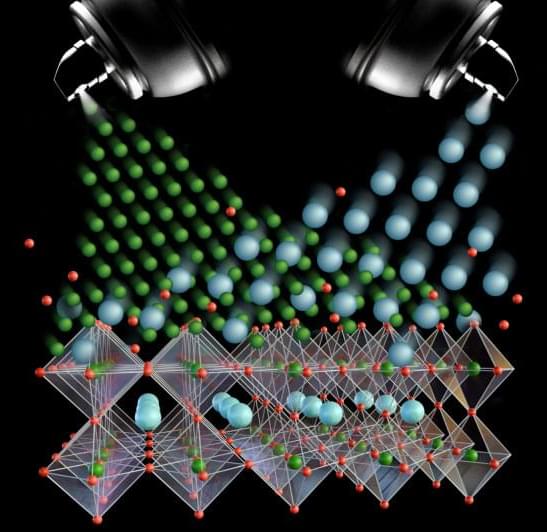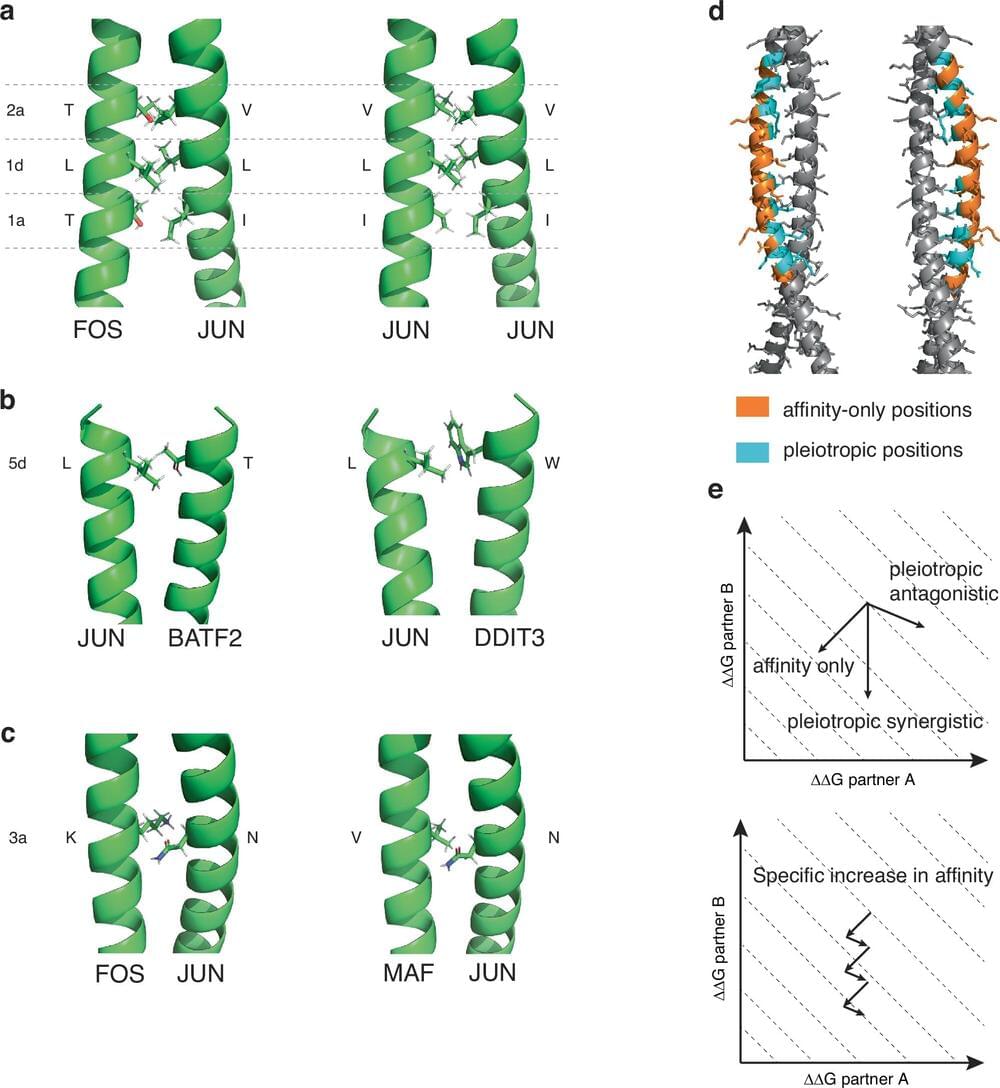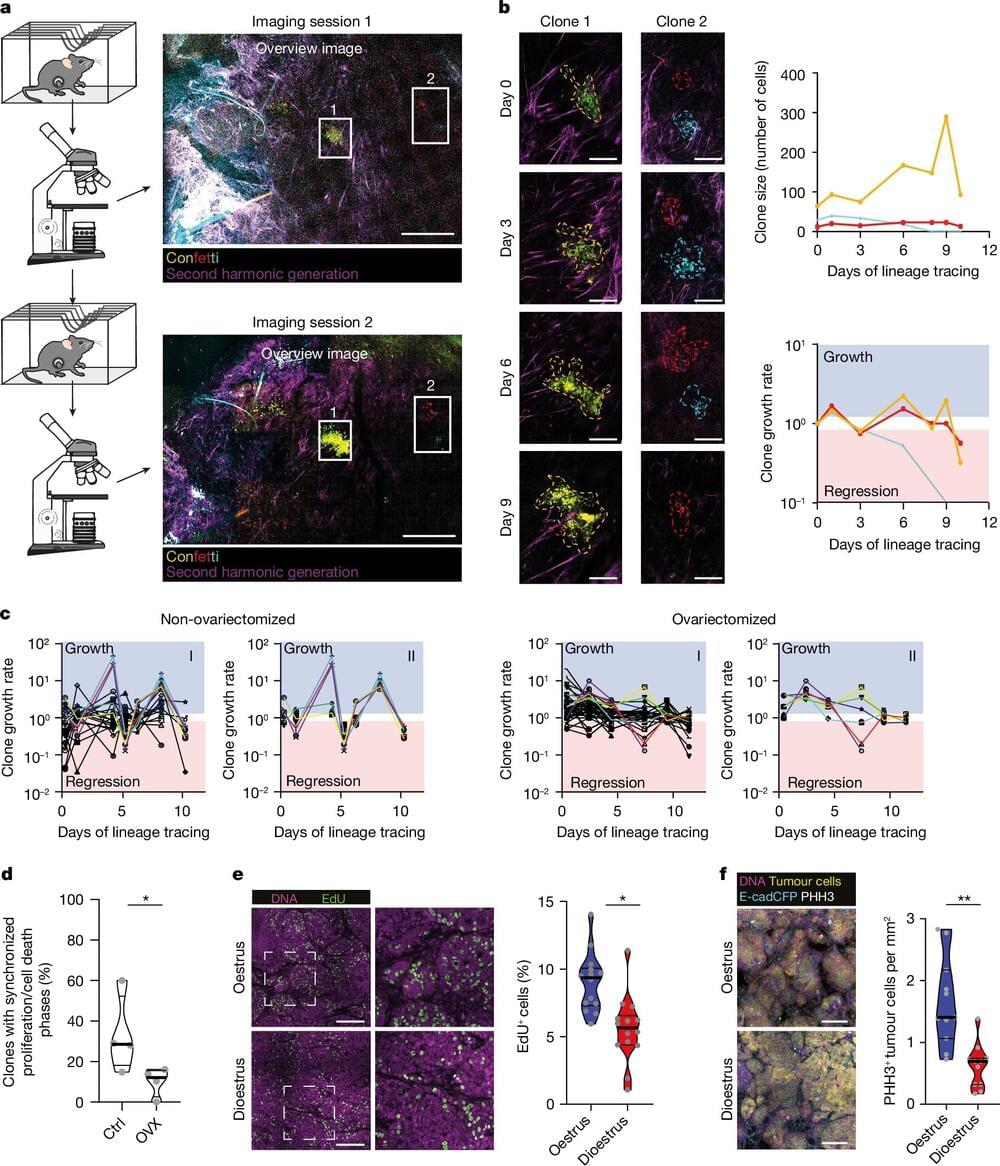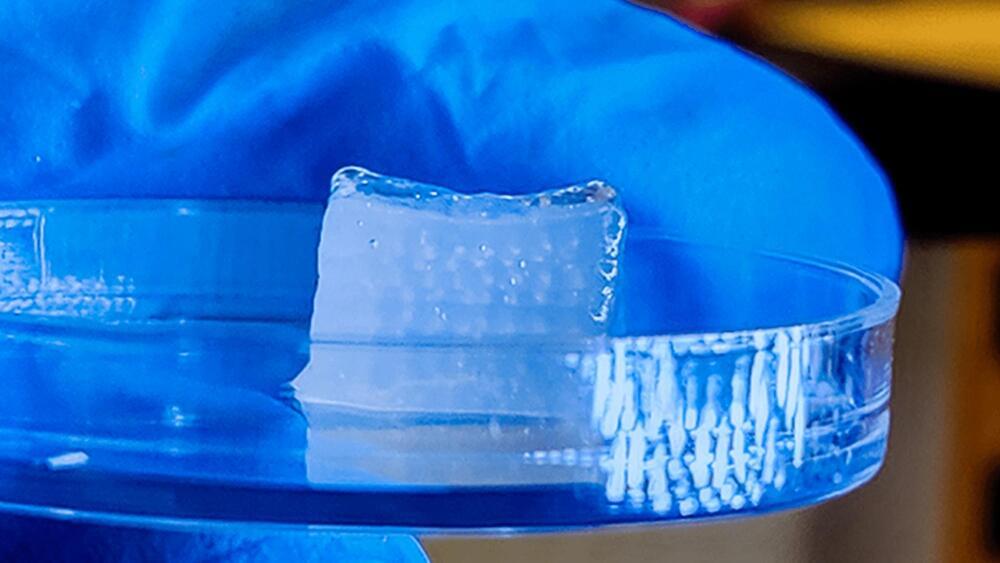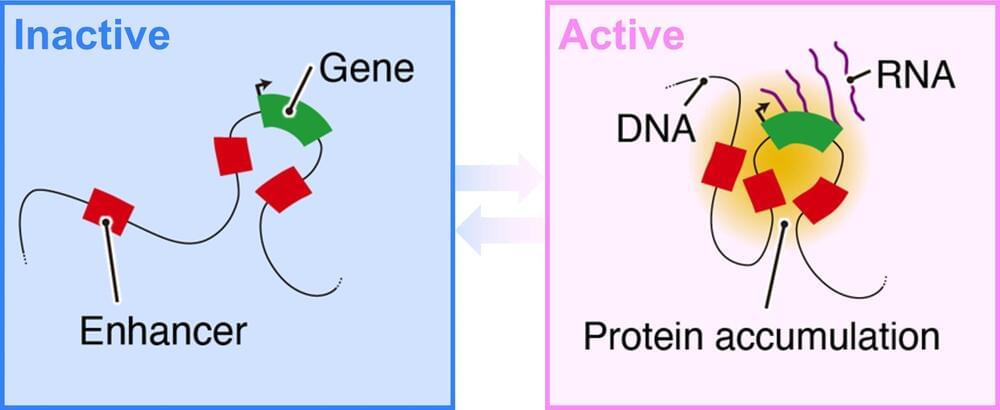Though he doesn’t remember it, Branden Baptiste had his first sickle cell crisis at age 2. Through elementary school, he was in and out of the hospital with pain episodes, not knowing why. As he got older, he learned he had sickle cell disease. His red blood cells were forming sickle shapes and getting stuck in his blood stream, preventing oxygen from reaching his tissues.
“Sickle cell disease has a broad spectrum of severity, and the severity and frequency of complications can wax and wane,” says Matthew Heeney, MD, Branden’s long-time hematologist at Boston Children’s Hospital.
“Unfortunately, Branden was quickly acquiring many of the chronic complications of sickle cell disease, including organ dysfunction affecting his kidneys, lungs, joints, and eyes.”
